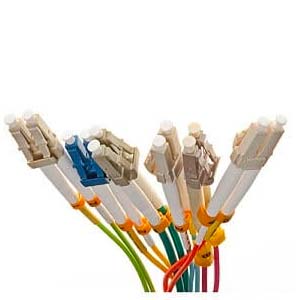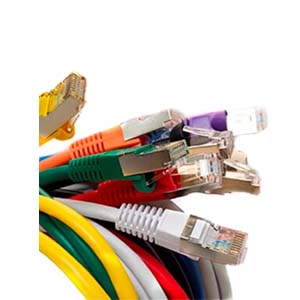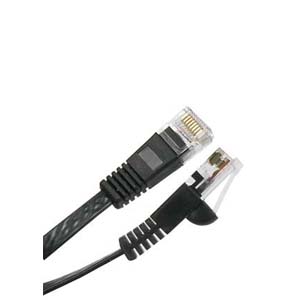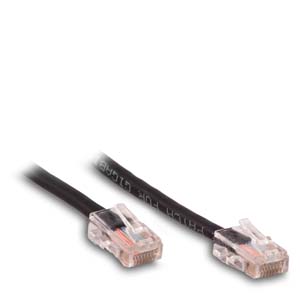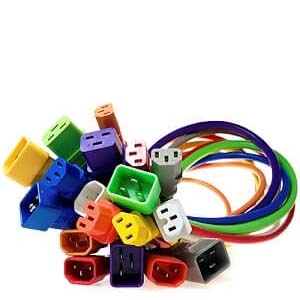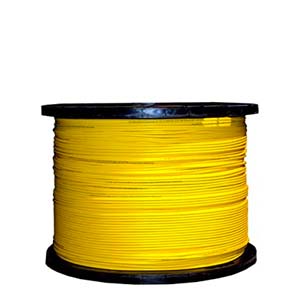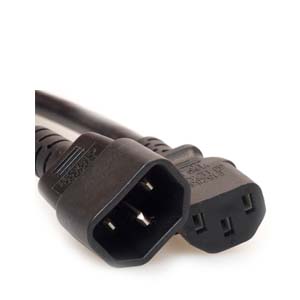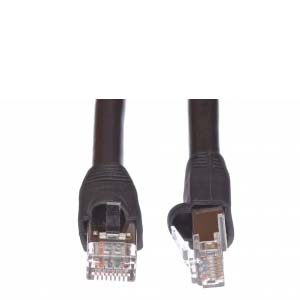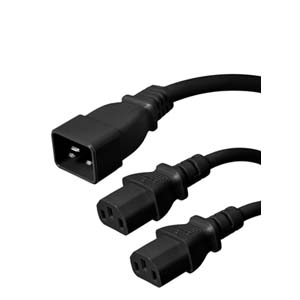Cables Blog
How Different Ethernet Cables Impact Internet Speed
At a glance, the difference between Category 5, 5e, and 6 cabling can seem minuscule to the point of becoming a nonissue. In a world where internet speeds are increasing on a nearly monthly basis, however, knowing the correct cabling to use for different wiring situations can save anyone from headaches relating to network latency and overloaded lines.
by Vikas Dayal • March 07, 2017
At a glance, the difference between Category 5, 5e, and 6 cabling can seem minuscule to the point of becoming a nonissue. In a world where internet speeds are increasing on a nearly monthly basis, however, knowing the correct cabling to use for different wiring situations can save anyone from headaches relating to network latency and overloaded lines.
The three standards have several things in common: They all send data through twisted pairs of wires, most specifications run unshielded connections, and all three categories have a maximum cable length of 328 feet, or 100 meters.
Category 5 cabling, also known as Cat5, came into existence in 1994 with its sister cable, Cat4. Both cables were introduced as upgraded versions of prior twisted cable formats, including Category 3 cabling, and came about in an attempt to adapt to increasing data bandwidth requirements in the computing world. Finding Cat4 in the wild is nearly unheard of with modern server setups and home networks, but it is not terribly uncommon to find original Cat5 cables with old home routers and networking setups, as the format supported both 10BaseT at 10MBs and 100BaseT at 100MBs, respectively. These speeds were more than adequate for home use, especially in the 1990s. It is technically possible to reach gigabit speeds on older Cat5 cables, but it is by no means guaranteed or reliable.
In 2001, Category 5e cabling came about to conform to new standards of network speed requirements, offering proper gigabit connection speeds at 1000MBs. Connections running on 5e cables are much easier to find as it acted as the industry standard for most consumer grade electronics for the decades to follow. Aside from the obvious increase in possible speeds, Cat5e also reduced signal interference through a standard of more tightly-twisted wires, allowing the transmission to remain stronger up to the cable's maximum signal distance while cutting down on interference.
Category 6 followed in Cat5e's footsteps just a year later, codified in 2002, and improved on the standards set by its predecessor in several immediately tangible ways. On the surface, improvements are obvious; Cat6 is technically capable of providing 10 gigabit speeds owed largely to its rate frequency receiving a bump up to 250MHz from Cat5 and Cat5e's 100MHz. Unfortunately, the limitations of the format means 10 gigabit speeds limit the maximum length of the cable to roughly half its original length at 55 meters, but standard gigabit connections may still run the original 100 meters.
What does this all mean for the average consumer? Finding results in the home or even small business depends on the needs and capabilities of the network running therein. Those who use their internet for light browsing, email, and watching average-resolution videos will likely not see a massive bump in signal or life quality by moving from Cat5e to Cat6, but systems administrators transferring large batches of files with hefty file sizes will immediately notice a change in delivery time should they upgrade.
As the standards develop, changes in average internet speeds are more easily enjoyed by the end user and services may be used to their full advantage. Even if 10 gigabit connections aren't required for the average user, having the most stable connection possible should always be a priority. Massive changes in speed have taken place in less than a decade for these standards, and with possible talk of Cat6 replacing HDMI connections for audio and video standards in the near future, there seems to be no real downside to a network upgrade for the sake of future-proofing one's internet speeds and home.


